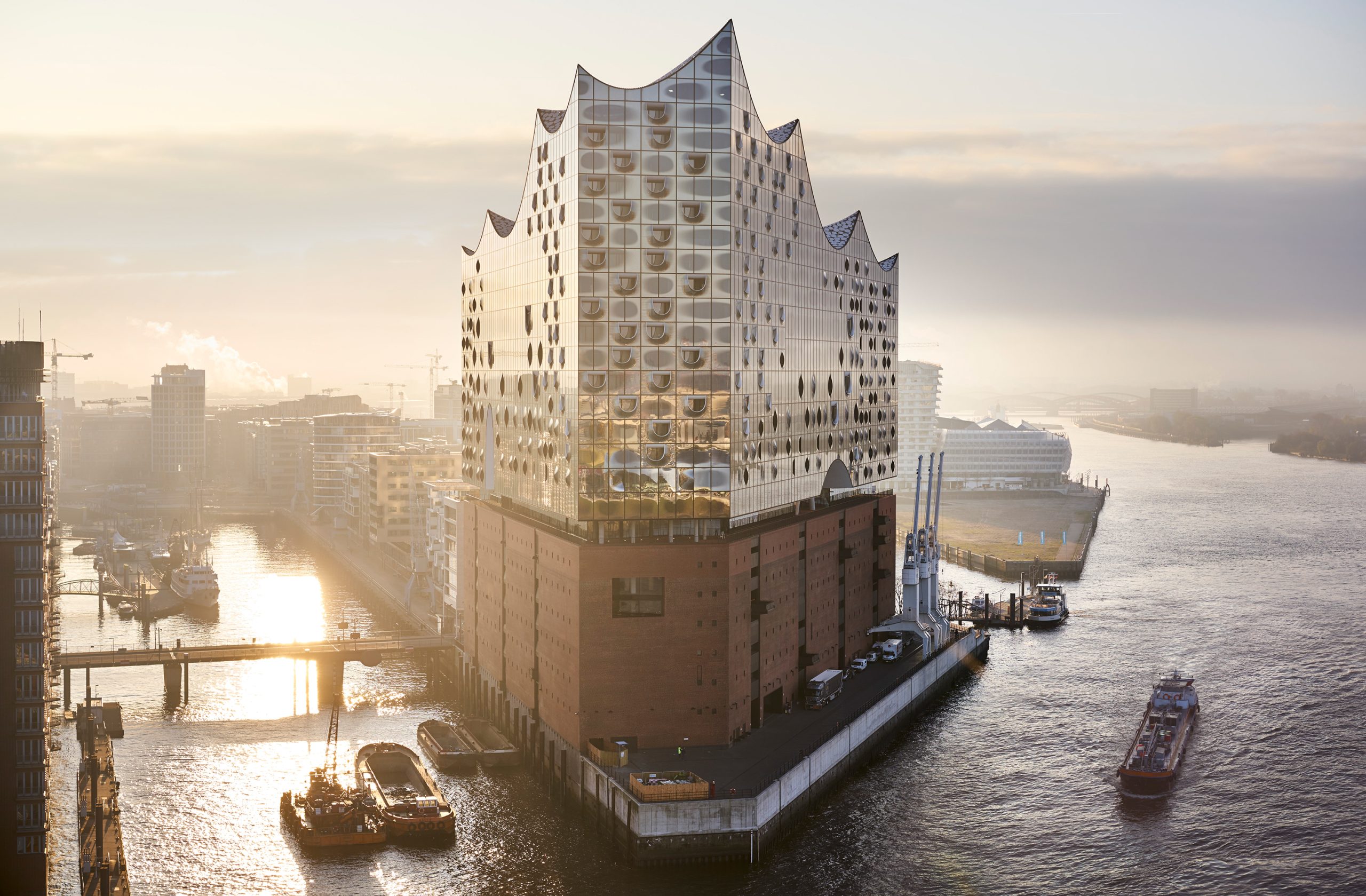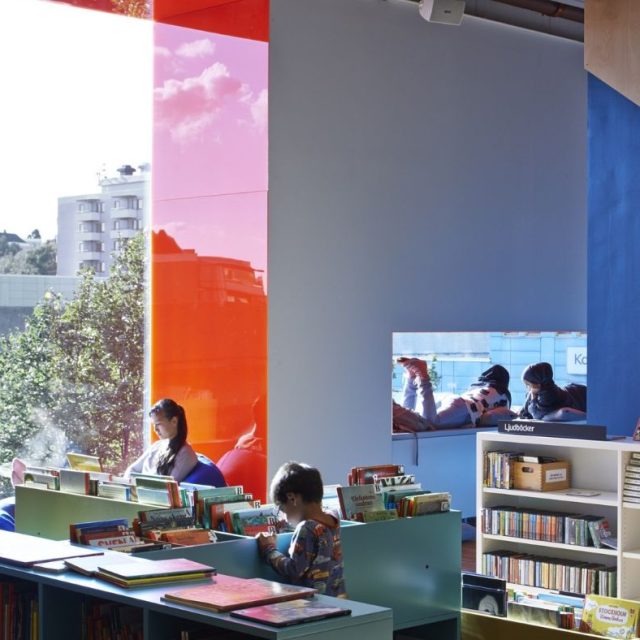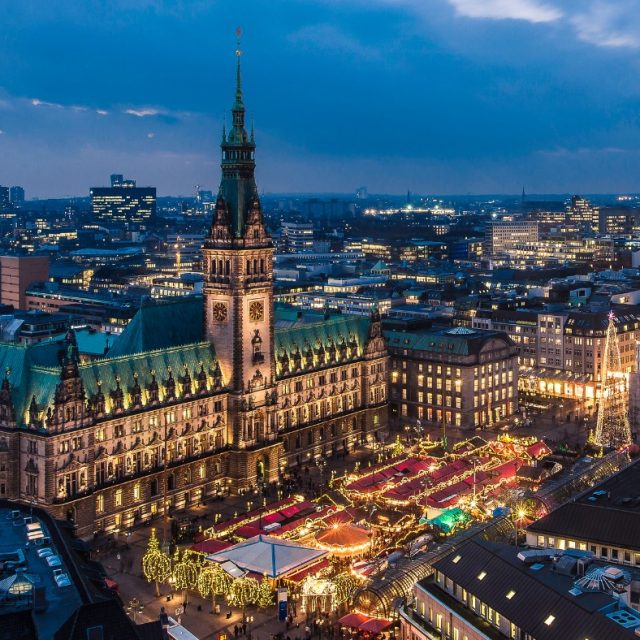Herzog & de Meuron elevated Hamburg’s Elbphilharmonie to global prominence
Project: a major concert hall for Hamburg

The Purpose
Plans were devised to repurpose the historic structure by creating a new, iconic concert hall and residential complex atop the existing buildings. Given the flood risk in the area, the design needed to mitigate this concern.
The Challenge
To construct a landmark concert hall and residential complex coexisting within an existing building of historical significance on a waterfront location. The historical Kaispeicher A warehouse in the city required extensive revitalisation, and its riverside location along the River Elbe remained underutilised by the public.
In its first five years, 3.3 million concertgoers have enjoyed 2,900 performances. Additionally, there have been 3,400 educational events attracting 200,000 participants, along with 10,000 guided tours.

The Solution
Surrounded on three sides by the River Elbe, the Elbphilharmonie Hamburg has emerged as one of the world’s premier concert halls and a focal point for the city’s broader cultural scene.
Opened in 2017, the Elbphilharmonie, affectionately known as ‘Elphi,’ was designed by the renowned Swiss architectural firm Herzog and de Meuron. It sits atop a foundation of brick warehouses originally built at the port between 1963 and 1966, initially used for storing tea, tobacco and cocoa.
A striking glass structure has been seamlessly integrated into the existing building, featuring an iconic wave-like formation soaring 110 metres into the sky, creating the illusion of floating above the older structure. This architectural marvel houses three concert halls, a spacious music education area, various dining options, a hotel, and a public plaza offering visitors a panoramic view of the entire city.
At the heart of the Elbphilharmonie lies the Grand Concert Hall, with its 2,100 seats arranged around a central stage, ensuring no audience member is more than 30 metres from the conductor. The hall’s design prioritises optimal acoustics, with a wall and roof structure meticulously crafted in collaboration with leading acoustician Yasuhisa Toyota. This ‘White Skin’ consists of 10,000 individually shaped gypsum fibre panels cut with millimetre precision, guaranteeing precise sound distribution that reaches every corner.
The Recital Hall, located in the upper part of the building, accommodates 550 seats and offers an intimate and versatile space ideal for chamber music, lieder, solo recitals, jazz, and world music performances. Its wood panelling, also designed by Toyota, ensures excellent acoustics.
Within the former Kaispeicher building, the ‘Kaistudios’ houses the music education area, providing people of all ages with the opportunity for interactive musical experiences throughout the day. Recently, the space introduced the ‘Elbphilharmonie World of Instruments,’ offering workshops where both children and adults can explore instruments from around the world. Kaistudio 1 also serves as a third events venue.
Programming across all these venues aims to make music accessible and enjoyable for everyone, covering a wide musical spectrum, including orchestral concerts, rich in musical diversity and contrast, operatic performances featuring top orchestras worldwide, piano, string quartet, and lieder recitals, as well as world music, electronic, and pop concerts. The venue attracts international stars, artists and ensembles from across Hamburg. The Concert Hall is the home of the NDR Elbphilharmonie Orchestra, led by Chief Conductor Alan Gilbert, while the Recital Hall provides space for the Ensemble Resonanz, focusing particularly on contemporary music.
The Impact
In its first five years, 3.3 million concertgoers have enjoyed 2,900 performances. Additionally, there have been 3,400 educational events attracting 200,000 participants, along with 10,000 guided tours. Notably, the Elbphilharmonie has contributed to a significant increase in music interest overall, with concert audiences in Hamburg tripling since its inauguration.
Furthermore, the Plaza, the Elbphilharmonie’s eighth-floor viewing platform, has become a major tourist attraction, drawing approximately 14.5 million visitors over five years. This footfall surpasses that of some of Germany’s most prominent tourist destinations.
The Elbphilharmonie serves as an inclusive gateway to the world of music. Nestled between the modern urban development of HafenCity and the historic UNESCO World Heritage Site of the Speicherstadt warehouse district, its fusion of the old and the ultra-modern proudly symbolises Hamburg’s past, present and future.
Source: World Cities Culture Report 2022
Images Courtesy © City of Hamburg, Getty/Canva




